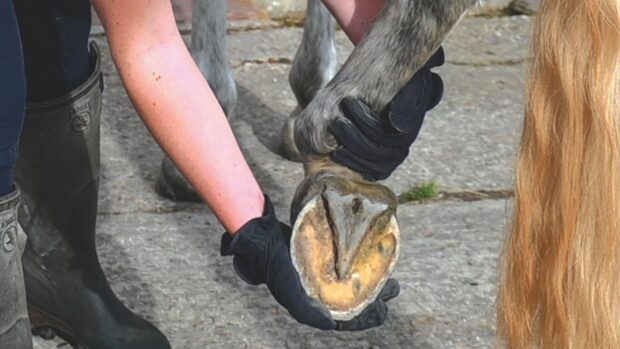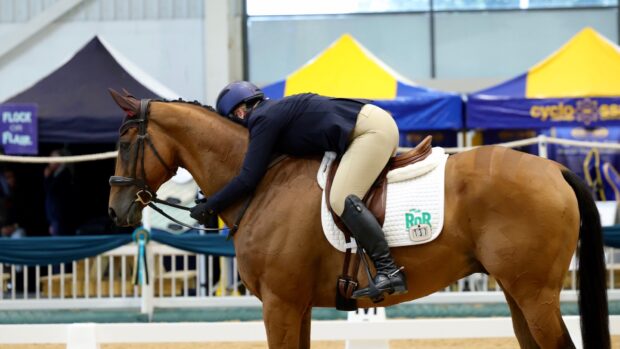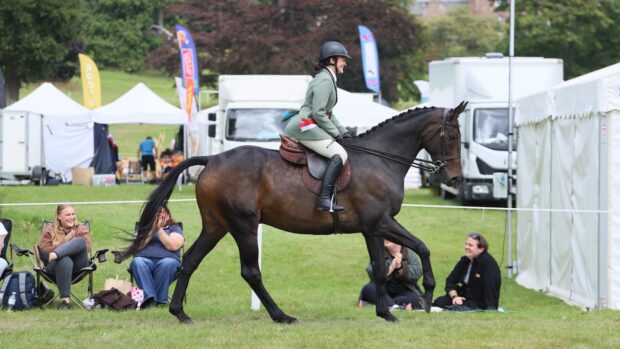Fred and Rowena Cook run Equine Management and Training, specialising in the retraining of racehorses. They are the authors of Re-educating Racehorses — life after racing. Here they bust some common myths surrounding retraining racehorses…
“Racehorses do not hack out”
Yes they do. After all, most racehorses have to hack to and from the gallops.
“Racehorses do not get any turnout”
While not necessarily from dawn to dusk or every day, these days it is very common to see racehorses out grazing.
“They are not good doers”
Any issues with weight gain and maintaining condition are purely the result of incorrect feeding or an issue such as gastric ulcers, a dental problem or worms, for example.
“Thoroughbreds have poor feet”
This is only because front shoes are put on so early in their lives before the digital cushion is properly developed. Just because a horse is a thoroughbred it doesn’t mean it has to have poor feet — foot condition can be radically improved with the right diet and proper farriery.
“Racehorses are trained to favour a particular foreleg lead”
When a racehorse is galloping no one even thinks about which is the leading leg.
“Racehorses are reluctant to pick up their hind feet”
This myth has seemingly stemmed from the fact that quite a number of racehorses do not have hind shoes on.
“All racehorses have vices”
No they do not…
Continues below…

‘If you get frustrated easily, an ex-racehorse isn’t for you’: expert advice if you’re considering retraining off the track
Thinking about taking on an ex-racehorse? Read our expert’s advice first

Subscribe to Horse & Hound magazine today – and enjoy unlimited website access all year round
“All ex-racehorses are strong”
Not true. Granted, some are strong but so are many horses out hunting. Strength should not be confused with a horse that leans due to lack of strength and engagement.
“Racehorses are difficult to fit saddles to”
This stems from some thoroughbreds having high withers, but this is not an issue for an experienced saddle fitter.
Horse & Hound magazine, out every Thursday, is packed with all the latest news and reports, as well as interviews, specials, nostalgia, vet and training advice. Find how you can enjoy the magazine delivered to your door every week, plus options to upgrade to access our H&H Plus online service which brings you breaking news as it happens as well as other benefits.




